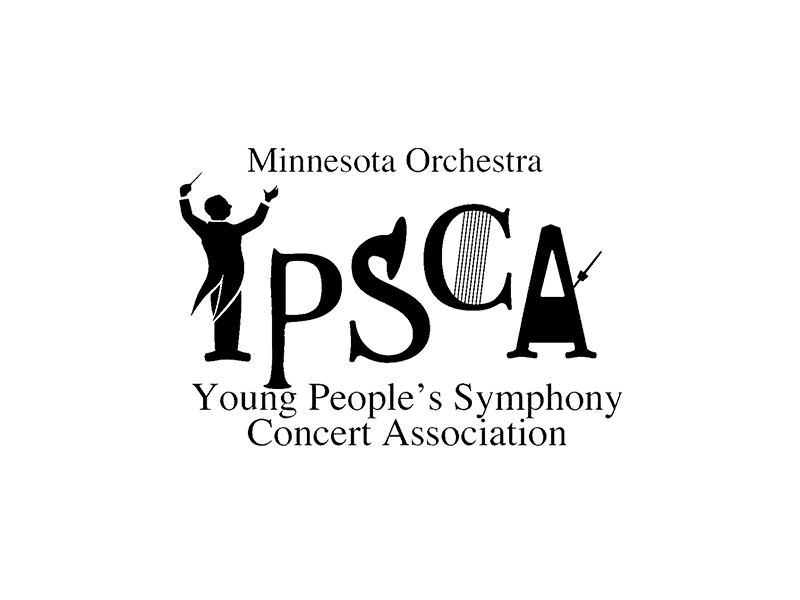
CONCERT ACTIVITIES
Winter Wonderland
We are kicking off the new year by celebrating winter traditions from around the world. From the jingling sleigh bells of Angela Morley’s Snow Ride to the tango-tinged music of Argentinian composer Astor Piazzolla, the Minnesota Orchestra will play a diverse and energetic program that will have you leaving Orchestra Hall humming!
Guide to the Orchestra
See instruments in action, as demonstrated by Minnesota Orchestra musicians.
About the Composers
Angela Morley was a British composer, conductor, arranger and performer who wrote music primarily for film and television. Her father was a watchmaker who played the ukulele, and her mother also sang. At the age of 8, Morley began learning piano. Before finally choosing the clarinet and alto saxophone as her primary instruments, she even studied the violin and accordion! By age 26, she decided to compose full-time and began writing music for radio broadcasts, film and television in her home country of England and in the United States. She even worked with another famous film composer, John Williams, helping him on the soundtracks for two of the original Star Wars trilogy’s films and the Home Alone series.
Snow Ride is a cheerful tune, depicting a wondrous ride through a snowy winter wonderland. You’ll hear the main melody passed around several times to different groups of instruments throughout the entire orchestra. You’ll also hear the stringed instruments playing their instruments pizzicato (or plucked) throughout, helping give the piece its boisterous energy.
- Born: March 10, 1924, Leeds, West Riding of Yorkshire, England
- Died: January 14, 2009, Scottsdale, Arizona
Instrumentation: 2 flutes, 2 oboes, 2 clarinets, 2 bassoons, 2 horns, 3 trumpets, 3 trombones, timpani, sleigh bells, glockenspiel, vibraphone, harp, celesta and strings
Sergei Prokofiev was one of Russia’s most famous composers and pianists active during the 20th century. He graduated from the St. Petersburg Conservatory with a degree in composition in 1909, and with degrees in piano and conducting in 1914. Prokofiev spent many years of his career writing music and performing outside of the Soviet Union because of revolution and political turmoil, but did eventually return in the 1930s. He wrote many kinds of pieces of music, including music for solo piano, operas, symphonies and ballets.
In 1933, Russian film director Alexander Feinzimmer asked Prokofiev to write music for his film called Lieutenant Kijé. The plot involves a silly tale of a fictional lieutenant who lives in Siberia, made up to please the Russian czar. The czar’s aides concoct fake story after story of this lieutenant just to keep their leader happy. Troika paints the scene of a three-horse sleigh rushing over the snow to the jingling sound of sleigh bells.
- Born: April 27, 1891, Sontsovska, Russia
- Died: March 5, 1953, Moscow, Russia
Instrumentation: 3 flutes, 2 oboes, 2 clarinets, tenor saxophone, 2 bassoons, 4 horns, 3 trumpets, 3 trombones, tuba, timpani, snare drum, bass drum, cymbals, sleigh bells, tambourine, triangle, harp, piano (doubling celesta) and strings
Adapted from a program note by Eric Bromberger.
Born in 1921, Astor Piazzolla was one of Argentina’s most famous composers. When he was just 4 years old, his family moved to New York City, where he grew up listening to his father’s tango orchestra records. He also had lots of early exposure to jazz and classical music, and he would later become famous for fusing all three of these styles together into the music he wrote. Piazzolla was also a virtuoso player of a traditional Argentinian instrument called a bandoneon, which is very similar to an accordion.
Invierno Porteño is just one of the four seasons Piazzolla vividly depicts in a set of tango suites known as The Four Seasons of Buenos Aires, which musically portray Argentina’s capital city at different times of the year. Originally written for his tango quintet, today’s version was arranged for solo violin and orchestra by Russian composer Leonid Desyatnikov. In this arrangement, Desyatnikov even quotes Antonio Vivaldi’s famous version of The Four Seasons, linking the two pieces together. If he were alive today, Piazzolla might be amused by the idea of Winter in Buenos Aires being on today's program. Because of the way the earth is tilted, Argentina is experiencing summer at the time of these concerts in January 2023!
- Born: March 11, 1921, Mar Del Plata, Argentina
- Died: July 4, 1992, Buenos Aires, Argentina
Instrumentation: solo violin and string orchestra
Composer and pianist Vincent Ho was born in 1975 in Ottawa, Canada, where he still lives. He has a doctor of musical arts degree from the University of Southern California, as well as degrees from the universities of Calgary and Toronto. He has received many awards and recognition for his compositions throughout North America.
From 2007 to 2014, Dr. Ho was the Winnipeg Symphony Orchestra’s composer in residence, which is where he wrote his Arctic Symphony in 2010. It is based on his 2008 trip to the Arctic region, where he was given the responsibility of writing a symphonic work based on climate change from a scientific and cultural point of view as part of an artist residency with a research organization. The fourth movement, Nightfall, is a response to the environmental sounds he experienced as nighttime approached. We will hear stormy gusts of wind with lots of action and intensity, followed by peaceful, prayer-like music in the strings which end the movement.
- Born: 1975, Ottawa, Canada
Instrumentation: 3 flutes, 3 oboes, 3 clarinets, 2 bassoons, 4 horns, 3 trumpets, 3 trombones, tuba, timpani, bass drum, suspended cymbal, Chinese gongs, slapstick, tamtam, temple bowls, whirly tube, glockenspiel, harp, piano and strings
Polina Nazaykinskaya is a Russian-born composer who now lives New York City. She graduated from the Tchaikovsky Conservatory College in Moscow as both a composition and violin major, and went on to study at Yale University and the Graduate Center CUNY. She first began studying music at age 4 and wrote her first large-scale work at 14. She writes music for chamber and full orchestras, art songs, film music, musical theatre and opera and has been performed around the world. Her music is influenced and inspired by nature, emotion and memory. Her music was first heard at Orchestra Hall in 2010 when she participated in the Minnesota Orchestra Composer Institute and her Winter Bells was featured at the end of that week's events. She has since strengthened her ties to Minnesota as the Metropolitan Symphony Orchestra, whose music director is Minnesota Orchestra Assistant Principal Bass William Schrickel, commissioned and premiered her Symphony No. 1, April Song.
Winter Bells is based on a trip back to Russia, where Nazaykinskaya was struck by the beauty and awe of mountain peaks that when viewed from above, formed the shape of a goblet. This inspired her to write down a musical idea (known as motif) in a notebook as she sat down on a fallen tree. This motif developed into today’s work, which depicts a traveler making his way through a winter blizzard.
- Born: January 20, 1987, Togliatti, Russia; now living in New York City
Instrumentation: 3 flutes (1 doubling piccolo), 2 oboes, English horn, 2 clarinets, bass clarinet, 2 bassoons, contrabassoon, 4 horns, 3 trumpets, 3 trombones, tuba, timpani, snare drum, bass drum, Chinese cymbal, suspended cymbal, triangle, glockenspiel, vibraphone, chimes, harp and strings
Adapted from a program note by Eric Bromberger.
Peter Ilyich Tchaikovsky was born in Votkinsk, Russia, on May 7, 1840, and is widely regarded as one of the greatest composers of the Romantic period. Over the course of his career, he wrote six symphonies, concertos, piano music, operas and a number of works for the ballet. During his lifetime, Tchaikovsky was one of Russia’s most famous composers, and influenced generations of Russian musicians after him.
One of Tchaikovsky’s most famous ballet suites, The Nutcracker, was premiered in 1892. The story of the ballet is loosely based on the E.T.A Hoffmann story called The Nutcracker and the Mouse King in which a young girl befriends a nutcracker that comes to life on Christmas Eve and battles with the villainous Mouse King.
The famous March begins with one of Tchaikovsky’s most iconic trumpet melodies, heralding in a cheerful and boisterous movement. As the piece goes on, layers of sound are added to that melody, adding excitement and energy.
In Dance of the Sugar Plum Fairy, Tchaikovsky uses a magical-sounding keyboard instrument called the celesta. Its unique timbre (or sound quality) lends a mysteriously magical sound to the movement, which is meant to be danced by one ballerina on their own.
- Born: May 7, 1804, Votkinsk, Russia
- Died: November 6, 1893, St. Petersburg, Russia
March Instrumentation: 3 flutes, 2 oboes, 2 clarinets, 2 bassoons, 4 horns, 2 trumpets, 3 trombones, tuba, suspended cymbal and strings
Dance of the Sugar Plum Fairy Instrumentation: 3 flutes, 3 oboes, 3 clarinets, 2 bassoons, 4 horns, celesta and strings
Li Huanzhi was a composer and a professor of music and composition. He was born in Hong Kong in 1919 and studied at the National College of Music in Shanghai and the Lu Xun Arts College where he remained to teach after he completed his studies, in addition to the other teaching posts he would hold the rest of his career. He studied primarily composition and conducting.
Spring Festival Overture is influenced by Li’s teacher, Xian Xinghai—whose own compositions are a blend of traditional Chinese folk songs and Western classical music. Composed from 1955-56 when Li was at Lu Xun College of the Arts, it’s meant to celebrate the Spring Festival, more commonly known as Lunar New Year. This piece alternates fast, loud and energetic passages with calmer, quieter sections.
- Born: January 2, 1919, Hong Kong
- Died: March 10, 2000, Beijing, China
Instrumentation: 3 flutes, 2 oboes, 2 clarinets, 2 bassoons, 4 horns, 2 trumpets, 3 trombones, tuba, timpani, snare drum, China drum, cymbals, triangle and strings
Program notes by Michael Divino except where noted.
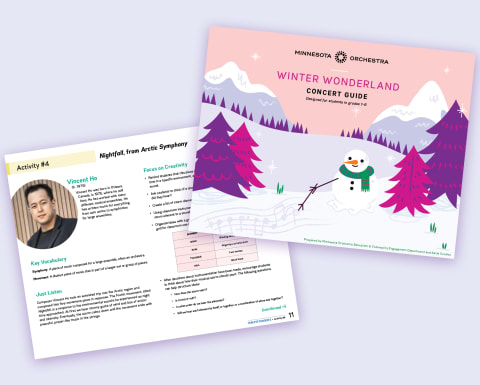
Teacher Activities for Winter Wonderland
Explore our concert guide designed for use in the classroom—including activities, flashcards, and more.
Artists
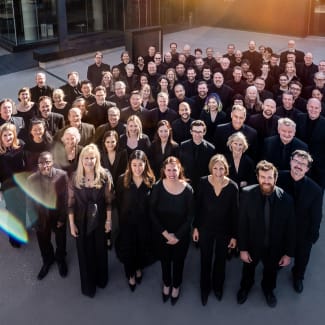
The Grammy Award-winning Minnesota Orchestra, now in its second century, ranks among America’s top symphonic ensembles, with a distinguished history of acclaimed performances in its home state and around the world; award-winning recordings, broadcasts and educational engagement programs; and a commitment to intentionally build concert programs to feature more works by composers of color, exploring music both contemporary and historic. This past fall, Danish conductor Thomas Søndergård began his tenure as music director.
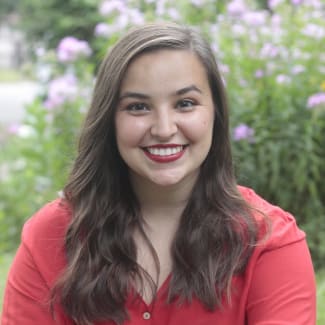
Originally from Colombia, Natalia Romero Arbeláez is an experienced performer, educator and musician. As an educator, she thrives in the intersection of academic and applied music making. She is passionate about access, and student voice & ownership in her classroom and performing practices. She works as the Upper School choir director at the Blake School (Minneapolis) where she directs three curricular ensembles and two extra-curricular groups, in addition to music directing the spring musical.

Australian-born Susie Park, the Minnesota Orchestra’s first associate concertmaster since 2015, will be featured as soloist with the ensemble in June 2023 in Brahms’ Double Concerto with Associate Principal Cello Silver Ainomäe. She has performed solos with numerous major orchestras in Europe, the U.S. and Australia, as well as Korea’s KBS Orchestra and Orchestra Wellington in New Zealand. She was the violinist of the Eroica Trio from 2006 to 2012, with which she recorded the ensemble’s Grammy-nominated CD of all-American repertoire, and toured internationally. Her interest in music of all genres has also led to collaborations with artists such as jazz trumpeter Chris Botti.
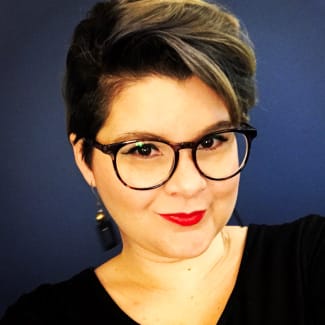
Maria Dively has been an American Sign Language interpreter for eight years in Minnesota and California. A NIC/Trilingual Interpreter, she is a graduate of North Central University in Minneapolis. She was born and raised in Puerto Rico and has been involved personally and professionally in the Deaf community since college. From a young age, she has been involved with music as a woodwind player, percussionist and steel drums player, among other roles.
Sponsored By
Thomas* and Mary Lou Detwiler
Mary Ann Feldman Music Education Fund
CORPORATE & INSTITUTIONAL SPONSORS




